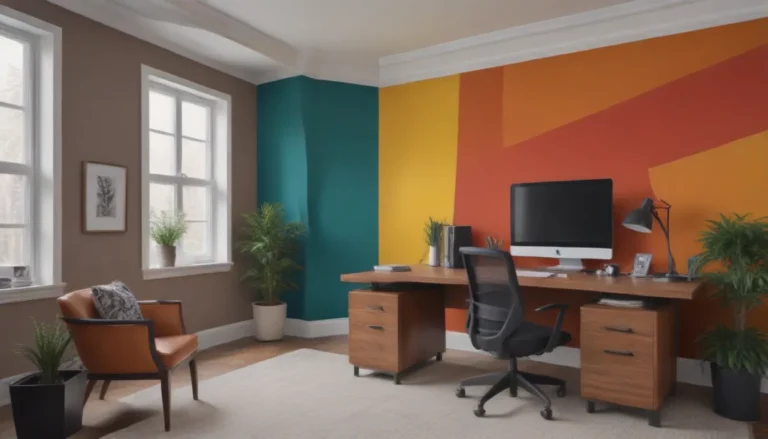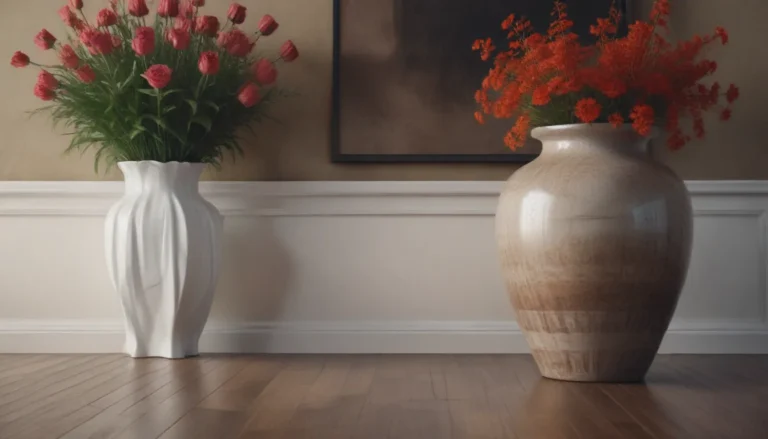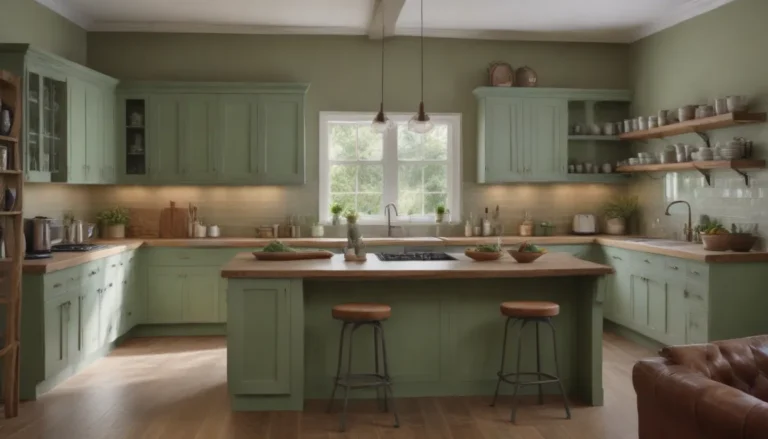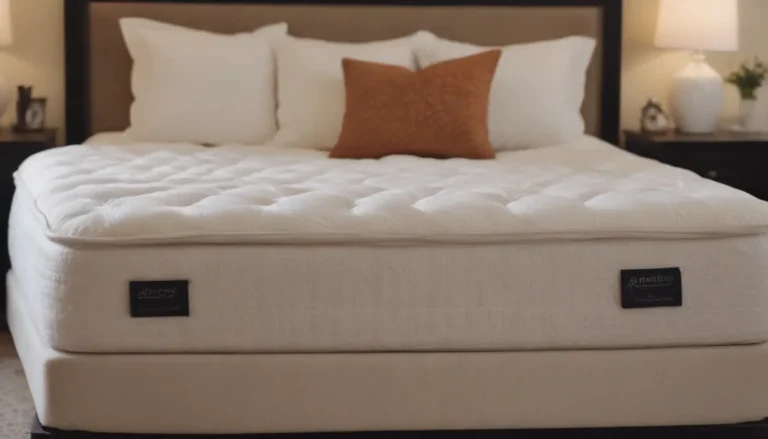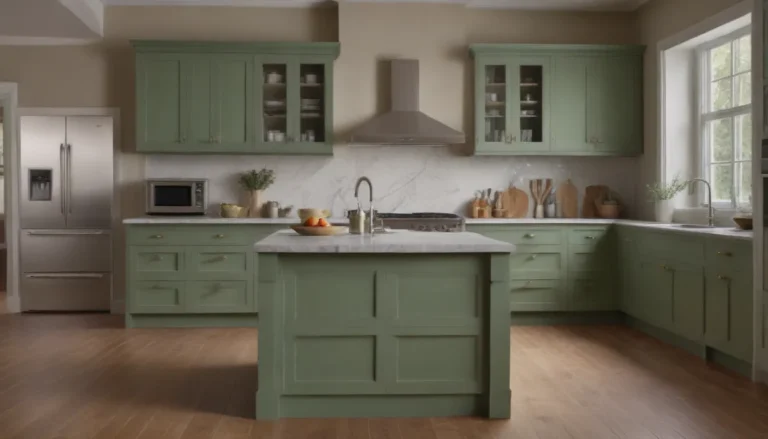Ultimate Guide to Buying a Soaker Tub for Your Tiny Bathroom
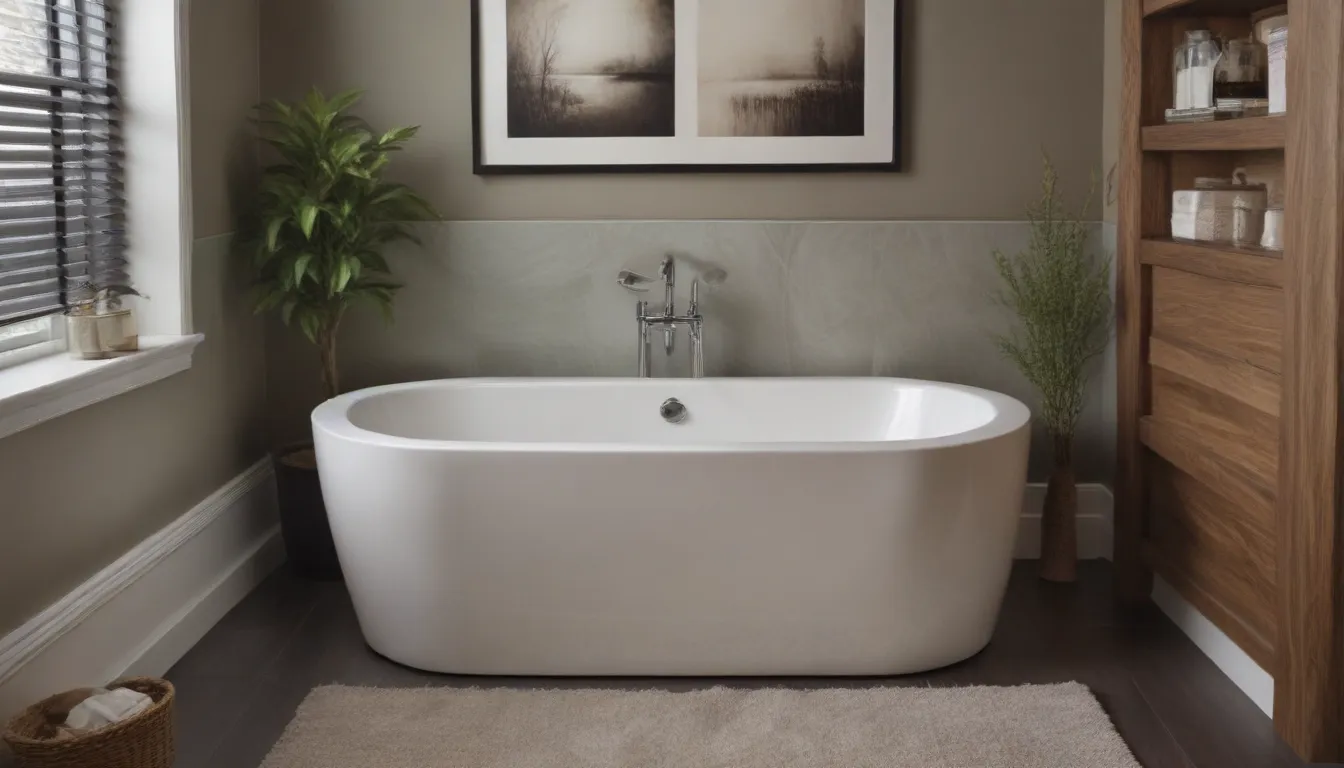
Are you dreaming of a luxurious, spa-like bathing experience to unwind after a long day? Whether you’re looking to remodel your bathroom or build a new one, a soaker tub might be just what you need. Despite limited space, you can find a comfortable, indulgent tub that fits perfectly in your small bathroom. Say goodbye to standard tubs that are shallow and narrow, and say hello to a world of options in non-standard sizes and shapes designed for maximum comfort in minimal space. But before you rush into purchasing a soaker tub, it’s important to understand the types available, average costs, and other considerations to ensure you make the right choice for your space and budget.
What is a Soaker Bathtub?
A soaker tub allows you to fully submerge your body in water for a relaxing bath experience. These tubs are typically deeper or contoured to provide a spa-like setting for your bathing ritual.
Before You Buy a New Soaker Tub
When considering purchasing a new soaker tub for your tiny bathroom, there are a few important factors to keep in mind:
– Measure your space: Evaluate the dimensions of your bathroom to determine how much space you have available for a tub.
– Consult experts: Seek advice from an architect, general contractor, plumber, or home improvement expert to ensure your bathroom can support the weight of the tub and handle any necessary plumbing adjustments.
– Consider users: Think about who will be using the tub—adults, children, individuals with mobility issues—and choose a tub that meets their needs.
– ADA compliance: If you require accessible features like grab rails and non-slip bottoms, opt for a tub that is ADA compliant to ensure safety and comfort.
Considerations for Buying a New Soaker Tub
Space
Careful planning is essential when it comes to space for a soaker tub in a small bathroom. Take the time to plot out tub dimensions on your bathroom floor using duct tape. Consider the clearance for doors, windows, and other fixtures to ensure a perfect fit. Experiment with different tub shapes like round, square, rectangular, oval, slipper, or clawfoot to find the best option for your space.
Material
Different tub materials offer varying levels of durability, maintenance requirements, and comfort:
– Porcelain, Ceramic, and Acrylic: Porcelain-enameled steel, ceramic tiles, and acrylic are affordable options, each with its own pros and cons in terms of maintenance and longevity.
– Stone Resin, Cast Iron, Copper: High-end materials like stone resin, cast iron, and copper offer superior durability, heat retention, and aesthetic appeal for a luxurious bathing experience.
– Marble, Wood: Marble and wood tubs provide a high-end, luxurious look but require more maintenance and care to ensure longevity.
Size
While traditional tubs are typically 60 inches long, soaker tubs for small spaces can be as short as 48 inches. Ensure the exterior dimensions fit within your bathroom while also considering depth to allow for a comfortable soak. Avoid tubs that are too narrow, as they may not provide a deep and relaxing bathing experience.
Features
Enhance your bathing experience with additional features like pillows, shelves, armrests, mood lighting, aromatherapy, heaters, sound systems, and jets. Consider your budget and preferences to select the features that will make your daily bath a spa-like retreat.
Types of Soaker Tubs
Explore different types of soaker tubs beyond the standard rectangular alcove tub:
Square or Corner
Consider a corner tub for tight spaces, offering a luxurious, spa-like experience with more room for relaxation and design flexibility.
Freestanding or Pedestal
Freestanding pedestal tubs add a touch of elegance and visual space to a small bathroom, allowing for flexible placement and various shapes like oval, circular, rectangular, and clawfoot.
Japanese
Traditional Japanese ofuro tubs provide a deep, comfortable soaking experience with unique design features for small baths.
Cost Considerations
When budgeting for a soaker tub, consider not only the purchase price of the tub but also installation fees, additional features, and any necessary plumbing adjustments. Costs can range from $1,500 to $20,000 depending on the tub material, size, and features.
Choosing the Right Soaker Tub
Before making your final decision on a soaker tub, consider the following factors:
– Durability: Choose a tub material that offers long-lasting durability and easy maintenance to ensure years of use.
– Installation: Factor in the ease of installation, including plumbing requirements, flooring considerations, and additional costs for surrounding tiling or fixtures.
– Energy and Water Efficiency: Opt for a tub that retains heat well and has efficient water usage to minimize energy costs and environmental impact.
Where to Shop for Soaker Tubs
When it comes to purchasing a soaker tub, consider your shopping options:
Buying In-Store
Visit bathroom supply stores or home improvement stores like Kohler showrooms, Home Depot, Lowes, or Costco to browse floor models, seek professional advice, and schedule installation services.
Buying Online
Explore online retailers like Amazon, Wayfair, and Overstock for a wide selection of soaker tubs, but be mindful of return policies and warranty information before making a purchase.
Conclusion
A soaker tub can add luxury and relaxation to your small bathroom, transforming it into a spa-like retreat for daily self-care. By considering factors like space, material, size, features, and cost, you can choose the perfect soaker tub that fits your needs and budget. Whether you opt for a corner tub, pedestal tub, or traditional Japanese ofuro, investing in a quality soaker tub can enhance your bathing experience and add value to your home. Get started on your soaker tub shopping journey to create your own personal oasis of relaxation and rejuvenation!
